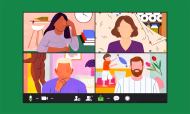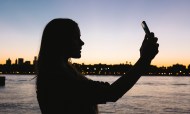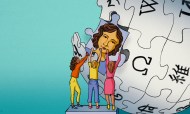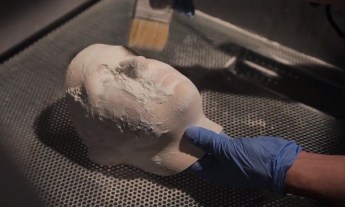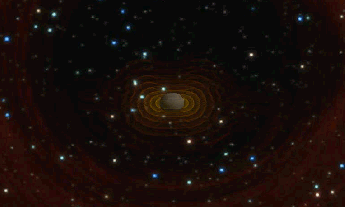Check out the concepts and projects from science, design and technology that will engage and inspire us in 2017.
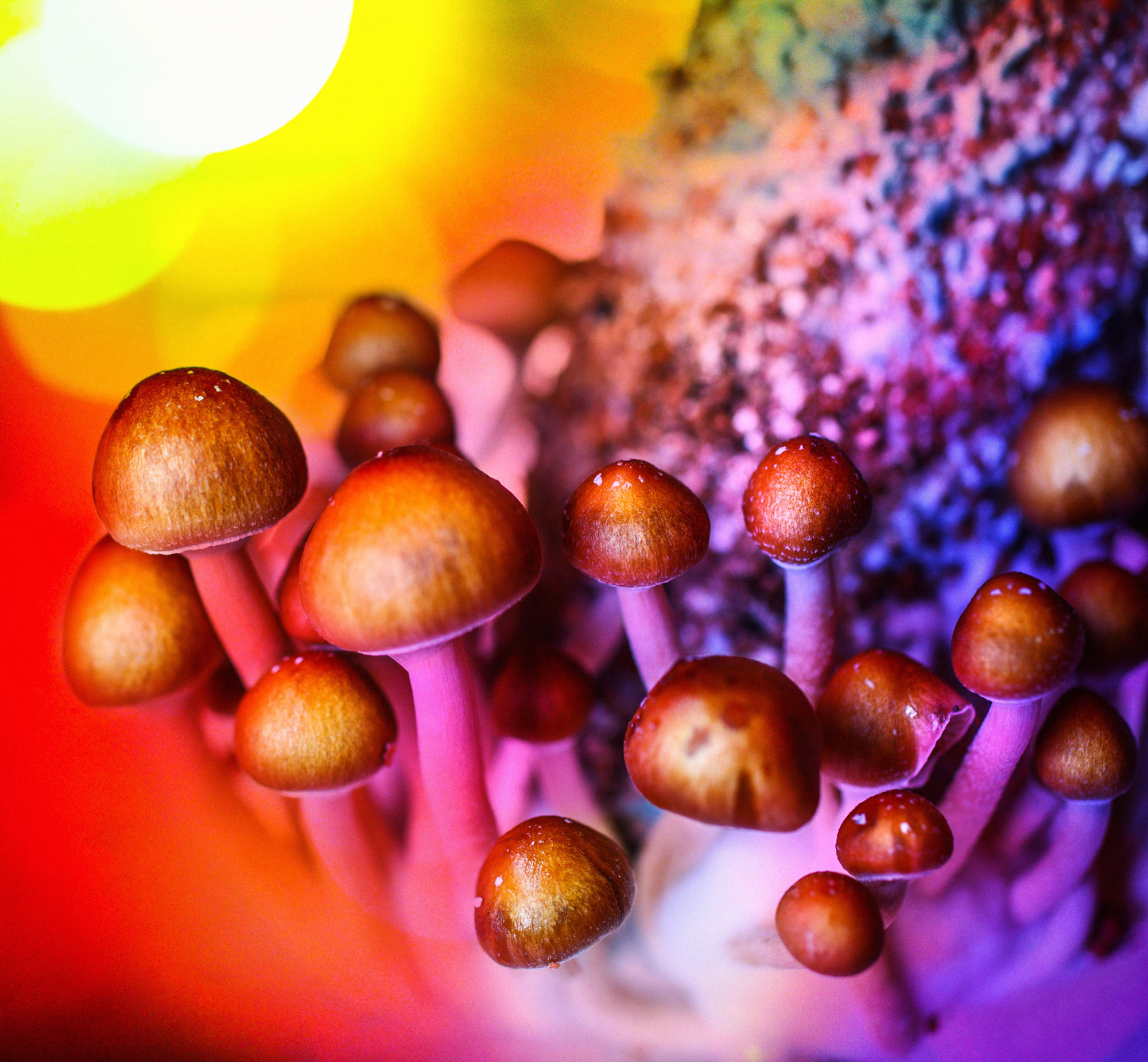
In science: Once-taboo drugs get respectable
Magic mushrooms may help ease the fear of death in cancer patients; MDMA (also known as ecstasy) is being investigated to treat post-traumatic stress disorder; and ketamine, a horse tranquilizer and sometime club drug, could be a potential cure for depression. These are just a few of the drugs that have been used — and abused — recreationally that are currently undergoing serious scientific scrutiny and rigorous testing as remedies for psychological disorders. We’ve long known that these drugs have the power to affect people’s minds. Now, let’s find out if their powers can be harnessed for good.
Can we find effective ways to take carbon dioxide from the sky?
The Earth has entered the Anthropocene: a proposed new geologic epoch characterized by people’s pervasive, permanent impacts on the planet. One of the biggest signs of this new era is the changing climate — more and more carbon dioxide has piled up in the atmosphere as humans continue to treat it like an open sewer. But what if we could build a sewage system for it? After all, plants remove carbon dioxide from the atmosphere, as do the innumerable microscopic organisms in the ocean (also responsible for at least half the oxygen we breathe). Scientists are busy building many different machines and materials — like a special CO2-extracting resin — that are aiming to do this, too. Well, the more technologies, the better; we can use as much carbon clean-up as we can get.
De-extinction could save at-risk animals and plants
Bring back the woolly mammoth and the passenger pigeon — those are two of the efforts that are being led by scientists attempting to resurrect, or de-extinct, species that no longer exist on the planet. And, in 2017, these same de-extinction techniques may be used to inject some much-needed genetic diversity into species that are still alive, but struggling, like the black-footed ferret or white rhino. This is one ray of hope as we try to fend off a sixth mass extinction.
Physics takes a leap into the unknown
What could be more fun than smashing subatomic particles together? That’s exactly how the Higgs boson was found, the particle that was thought to give mass to the universe. Physicists theorized that if they kept smashing particles together at faster speeds and at higher energies, perhaps physics would yield more of its fundamental secrets. But despite 13 TeV of energy, and velocities approaching 99.9999991 percent of the speed of light, no new particles have been revealed beyond the Higgs — no particles to help explain dark matter or dark energy, no particles to solve any of the remaining mysteries in physics. Unfortunately, there are also no hints of a route forward, so government leaders might be unwilling to allocate the considerable funds needed to build a bigger, faster, better supercollider. Physics, as we know it, may have to be entirely rethought, with new experiments devised and new theories promulgated. But I’m here to tell you this isn’t a bad thing: it was at a similar point a little more than 100 years ago that a then-unknown patent clerk and a host of peers upended the physics of their time, giving us the standard model of particle physics and quantum mechanics. Who knows what ideas could come next?
— TED science curator David Biello
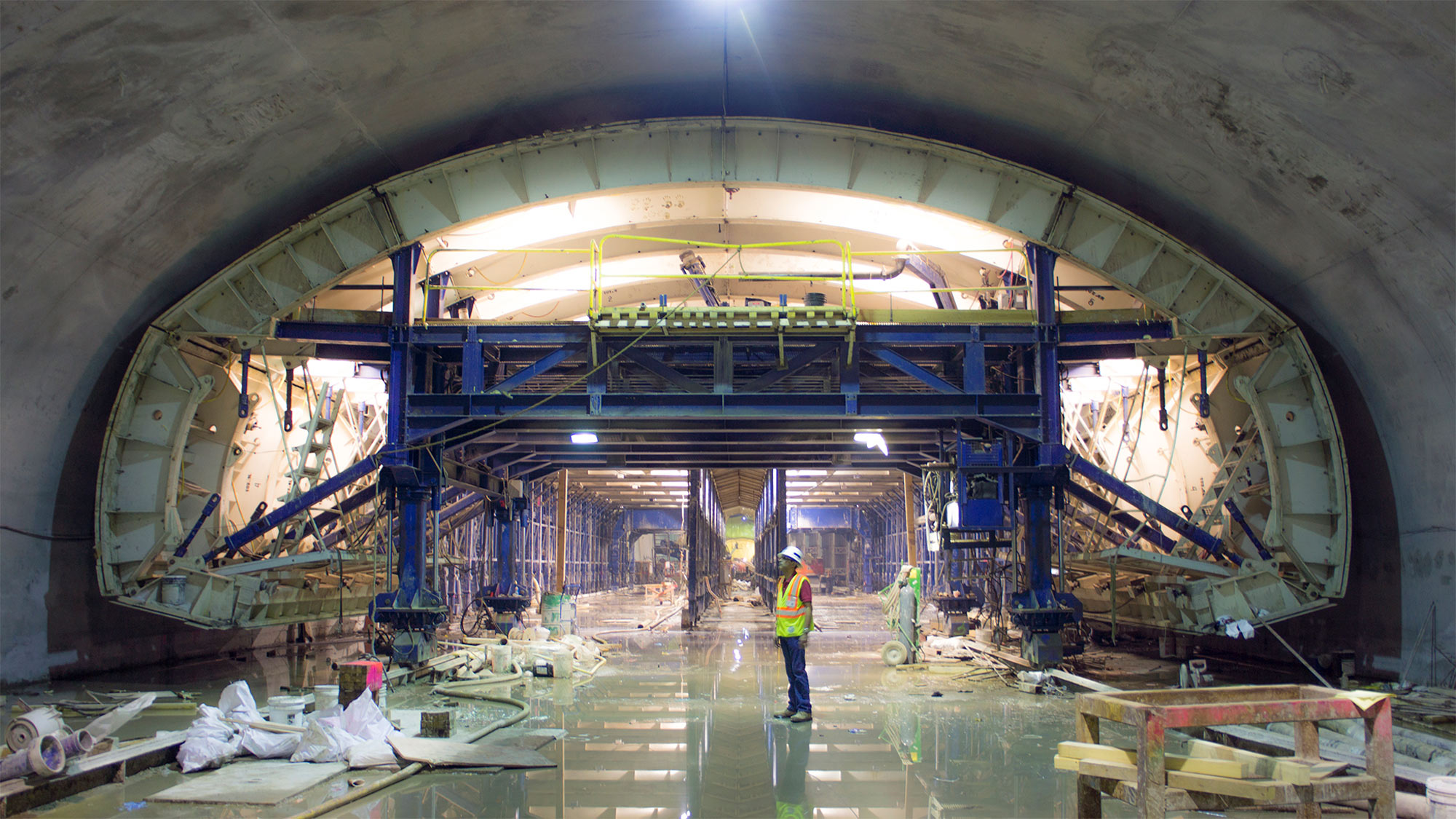
In design: Urban rail projects get rolling
Under discussion since 1919 and under construction since 1972, the first segment of the Second Avenue Subway in New York City will finally open for use on January 1, 2017. It will be a radical departure from the cramped transportation corridors and stations that New Yorkers are used to. But the best part of the new subway line and its stations is the art, including the stunning Chuck Close portraits rendered in tessellated mosaics and sculptor Sarah Sze’s massive tile installation. This long-awaited subway extension occurs at the same time as major rail projects move forward in D.C. and Denver. Could this signal a new era for America’s aging infrastructure?
An architectural legacy unveils worldwide
In 2017, a striking new American embassy will open in London. Designed by Philadelphia-based architects Kieran Timberlake, this building is part of the Design Excellence program launched by the US State Department in 2011. A survivor of brutal Congressional disputes, the embassy will serve as the modern, stately and secure face of US diplomacy in Europe. Leading architects have also drawn up plans for American embassies in other world capitals, including Beirut (Morphosis Architects), Mexico City (Tod Williams Billie Tsien with Davis Brody Bond) and Brasilia (Studio Gang Architects), and they’re scheduled to be rolled out over the next several years. The State Department fought hard to break away from the cookie-cutter construction of previous embassies, and the resulting world-class structures will stand as an enduring legacy of the ground-breaking administration that leaves the White House in January.
A city’s nightscape will be re-lit and re-imagined
In 2013, artist Leo Villareal flipped the switch on a 25,000-light LED installation on the bridge that spanned the San Francisco Bay, transforming the city’s nighttime view. Choreographed patterns lit up the foggy nights — and captivated the city’s inhabitants, so much so that the temporary project became a permanent part of the cityscape in 2016. Villareal has just been named the winner of a competition to create an urban installation on a much larger scale: lighting up the 17 bridges that cross the River Thames in London. Aiming for a 2018 debut, the Illuminated River is being developed with a team of architects and planners, as well as public input. This project will showcase how great design can be used to punctuate, animate and unify a metropolis.
— TED design curator Chee Pearlman

In technology: 2017 will be the breakout year for smartwatches
Although smartwatches have been available for a couple of years, so far they haven’t come close to achieving the ubiquity of smartphones, e-readers or tablets. I predict that this will be the year in which smartwatches enter the mainstream worldwide. (Due to the dominance of Apple and Samsung and the high cost of their products, US consumers may not yet follow suit.) Not only are smartwatches getting cheaper — some cost less than $20 — but you’ll be able to use some models as standalone mobile devices. Apple, Google, Facebook and Microsoft are also working to make smartwatches more useful, telling us what we need to know when we need to know it. For example, when you arrive home, an “Order pizza?” notification might pop up on your watch and you can order a large pepperoni with a tap. Smartwatches have the potential to deliver information to us with a minimum of friction and intrusion, to learn what’s going on without having to stop what we’re doing, take out our phones, swipe and enter a password. Will this be a blessing or curse? We’ll find out soon enough.
Consumers will embrace the bubble
The Internet has been marketed to consumers as the portal that we can use to access unlimited options in movies, TV, books and music. Still, most of us get overwhelmed because of the paradox of choice; we prefer our content to be picked for us by media companies, like the recommendations we get on Netflix or Amazon. The filter bubble on our social networks is part of the same phenomenon. In 2017, I think that most people will give in and accept the bubble. They’ll be so busy — and happy — being entertained by their curated content that it won’t matter to them who or what is choosing it. Back in 100 A.D., Roman poet Juvenal wrote, “Two things only the people anxiously desire — bread and circuses.” Welcome to the 21st-century customized content circus.
We’ll be more conscious about technology
Food, fitness, the environment — in the last few decades, people have become very curious about these topics, as well as better informed. We’ve used that knowledge to improve our lives and society. In 2017, more and more of us will ask probing questions about technology and how it affects our lives (and the lives of those we love). In the same way that we study the labels on our foods or our grooming products, we’ll apply that kind of scrutiny to technology. So instead of just wondering “What colors does this phone come in?” we may ask “How much radiation does this cellphone emit?” Rather than asking what games can we play on this app, we’ll wonder, “Will this app affect the privacy of my family?” Think back to the moment when organic food crossed over from something health nuts talked about to something every concerned person talked about — I believe technology’s impact on our lives is at the same inflection point now.
— TED technology curator Alex Moura




